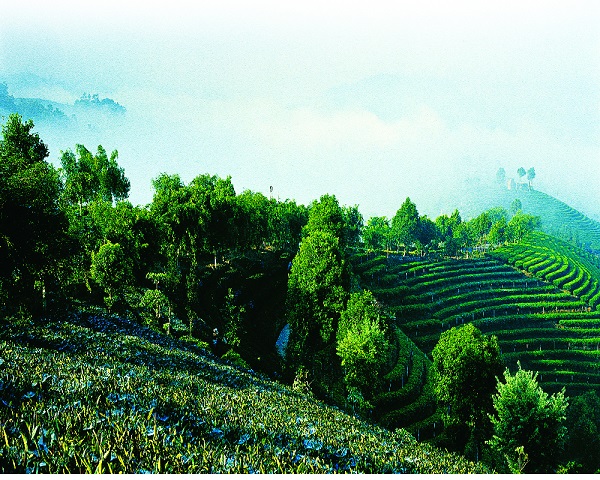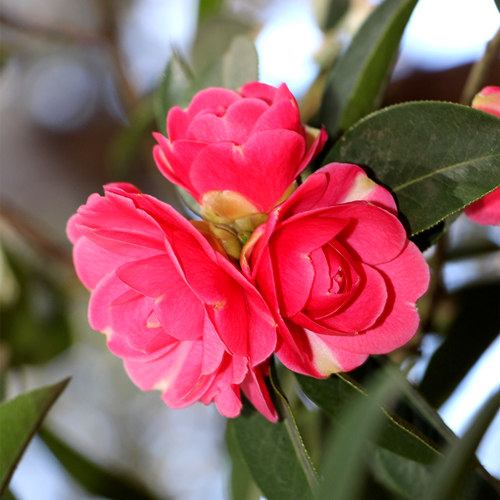
Detailed Introduction to Pingbian County of Honghe Prefecture
Overview
Pingbian Miao Autonomous County (屏边苗族自治县) is a mountainous border county located in the eastern part of Honghe Prefecture, Yunnan Province, China. It is notable for being one of the only Miao autonomous counties in the province and for its strategic position adjacent to northern Vietnam. With rich biodiversity, deep ethnic roots, and stunning natural landscapes, Pingbian is a destination of cultural intrigue and ecological serenity.
Geography and Climate
Total Area: Approx. 1,905 square kilometers
Location:
Northeast of Honghe Prefecture
Borders Vietnam’s Lào Cai Province to the southeast
Near Hekou, Mengzi, and Gejiu
Topography:
A typical karst and mountainous region with forested ridges, narrow valleys, and fast-flowing rivers
Elevation varies between 300 meters to over 2,000 meters
Climate:
Subtropical humid monsoon climate
Mild winters, warm and rainy summers
Annual average temperature: ~17°C
Rainfall: ~1,500 mm, concentrated in May–September
Frequent mist and clouds due to high forest cover
Population and Ethnic Composition
Total Population: ~160,000
Ethnic Groups:
Miao (largest group, approx. 45%+)
Han, Yao, Zhuang, and Hani
As a Miao autonomous county, Pingbian retains strong ethnic governance, village-based cultural systems, and interethnic cooperation
Cultural Highlights and Heritage
�� Miao Culture
Traditional clothing: Intricate embroidery, silver ornaments, pleated skirts
Miao languages and songs: Actively preserved, especially in rural villages
Festivals:
Miao New Year (苗年节) – held after harvest season with music, dance, and ancestral worship
Lusheng Festival – featuring reed-pipe dancing, courtship rituals, and village competitions
Handicrafts: Miao silverwork, batik (蜡染), weaving, and hand-dyed textiles
��️ Ethnic Villages
Villages like Yuejin (跃进村) and Longpeng (龙棚村) preserve:
Traditional stilted wooden houses
Clans and village temples
Ancient field terracing methods
Many villages practice animism and ancestor worship, often combined with Buddhist and Daoist influences
Key Natural Attractions
�� Daweishan National Nature Reserve (大围山国家级自然保护区)
One of the richest biodiversity hotspots in Yunnan
Home to:
Evergreen broadleaf forests, cloud forests, and rare orchid species
Yunnan snub-nosed monkeys, pangolins, leopards, and hundreds of bird species
Also known as a center of botanical study, with medicinal herbs and ancient forest systems
�� Mountain and River Landscapes
Pingbian Grand Canyon (屏边大峡谷): Vertical cliffs, waterfalls, and hiking trails
Honghe River tributaries create scenic river valleys and opportunities for rafting and eco-tourism
Shuitian terraces and rural pastures offer photogenic views and agricultural charm
Cross-Border Relevance
Shares border with Vietnam, with planned infrastructure projects to improve connectivity
Acts as a cultural and trade bridge between Chinese ethnic minorities and Vietnamese border communities
Potential for cross-border tourism, logistics, and cultural exchange zones in the long term
Economy and Development
Primary Industries:
Forestry and agriculture: tea, corn, rice, fruit, medicinal plants
Traditional handicrafts and silver jewelry
Emerging Sectors:
Ecotourism focused on nature reserves and ethnic culture
Agro-ecological farming and organic produce branding (e.g., Pingbian Tea)
Rural development:
Infrastructure improvements and village poverty alleviation
Emphasis on preserving cultural identity while modernizing public services
Transport and Accessibility
Pingbian Railway Station lies on the Kunming–Hekou Railway, part of the trans-Asia corridor
Provincial and county roads connect Pingbian with Gejiu, Mengzi, and Hekou
Travel to:
Mengzi: ~2 hours by car
Hekou (China–Vietnam border): ~2.5 hours
Kunming: ~5–6 hours by rail or road
Well-positioned to develop border trade and logistics hubs in future initiatives
Administrative Setup
County seat: Pingbian Town (屏边镇)
Divided into several towns, townships, and ethnic townships
Local governance emphasizes ethnic representation, rural revitalization, and ecological protection
Conservation and Ecotourism Potential
Pingbian is on



